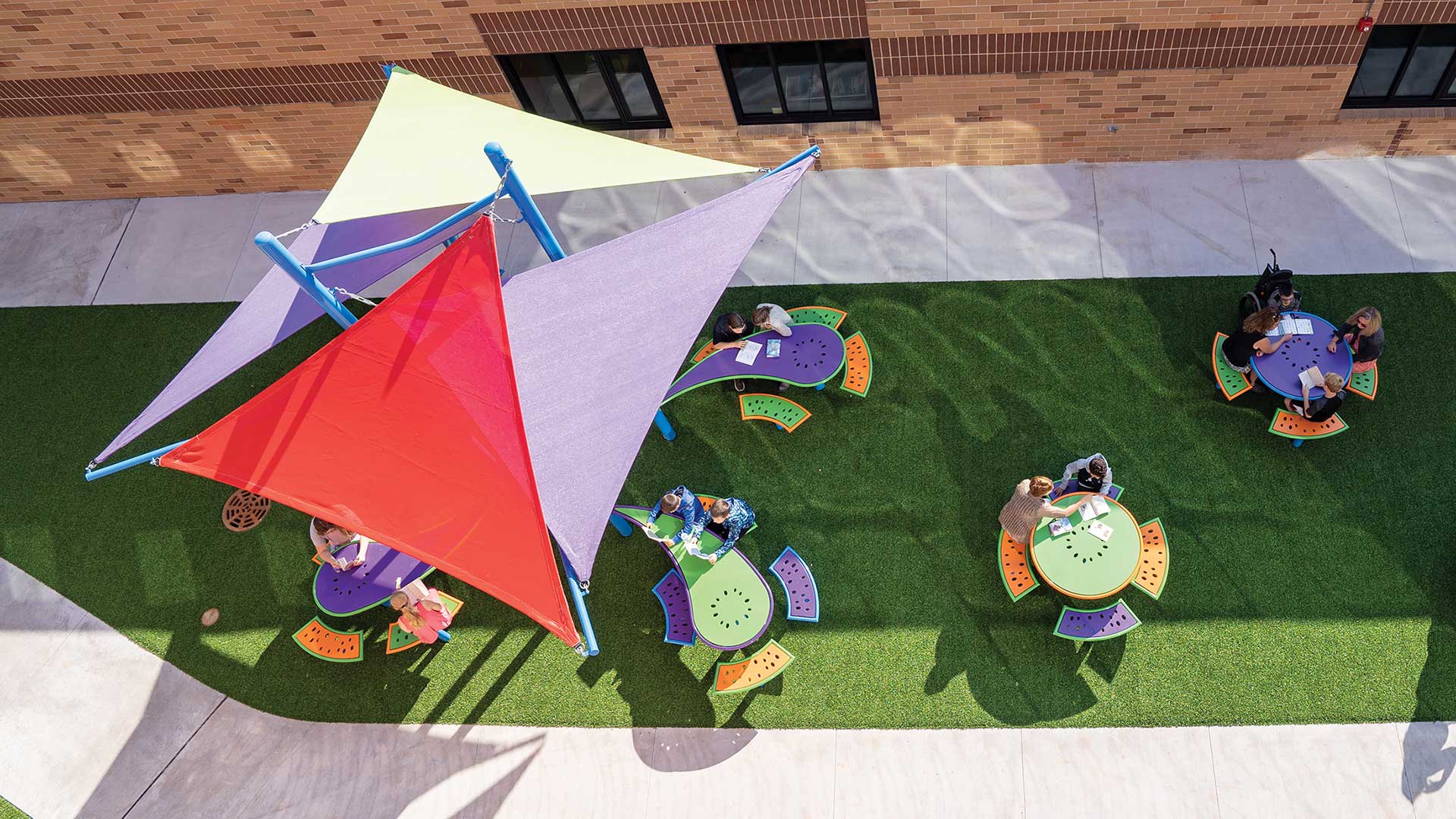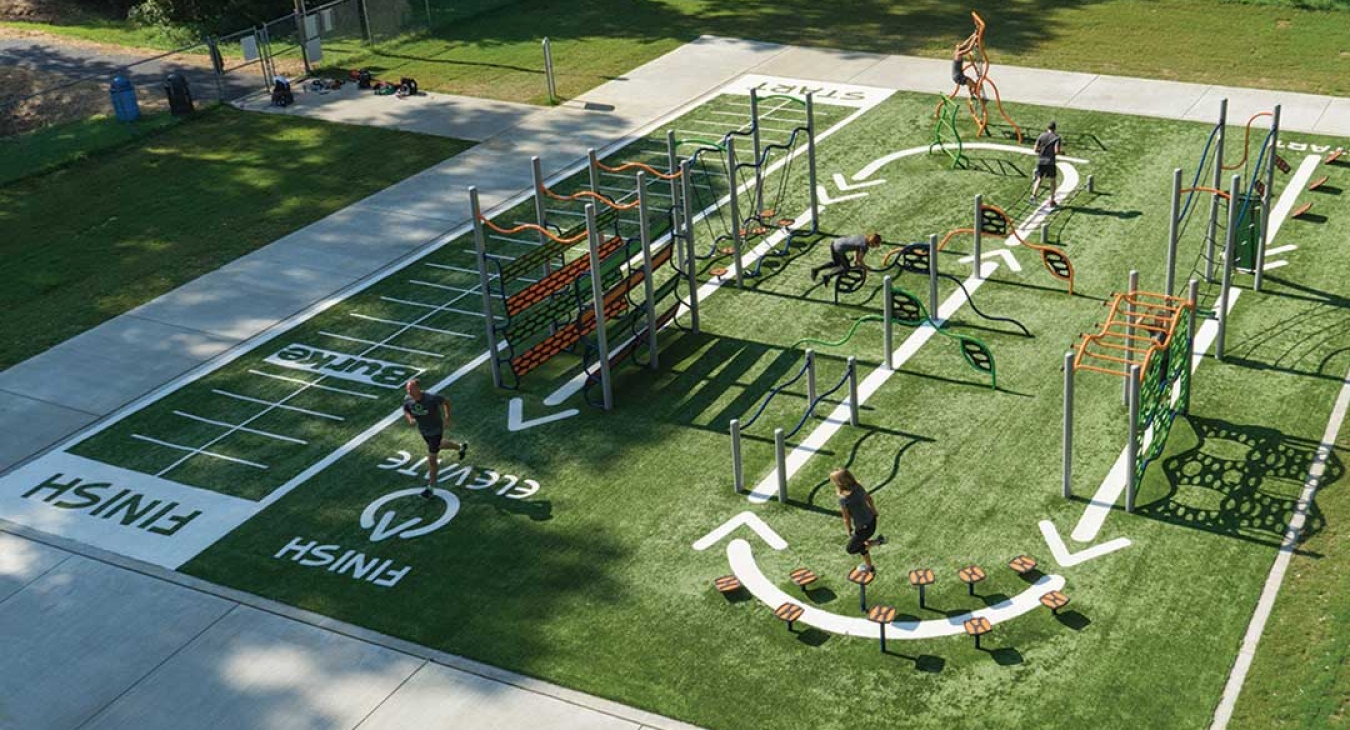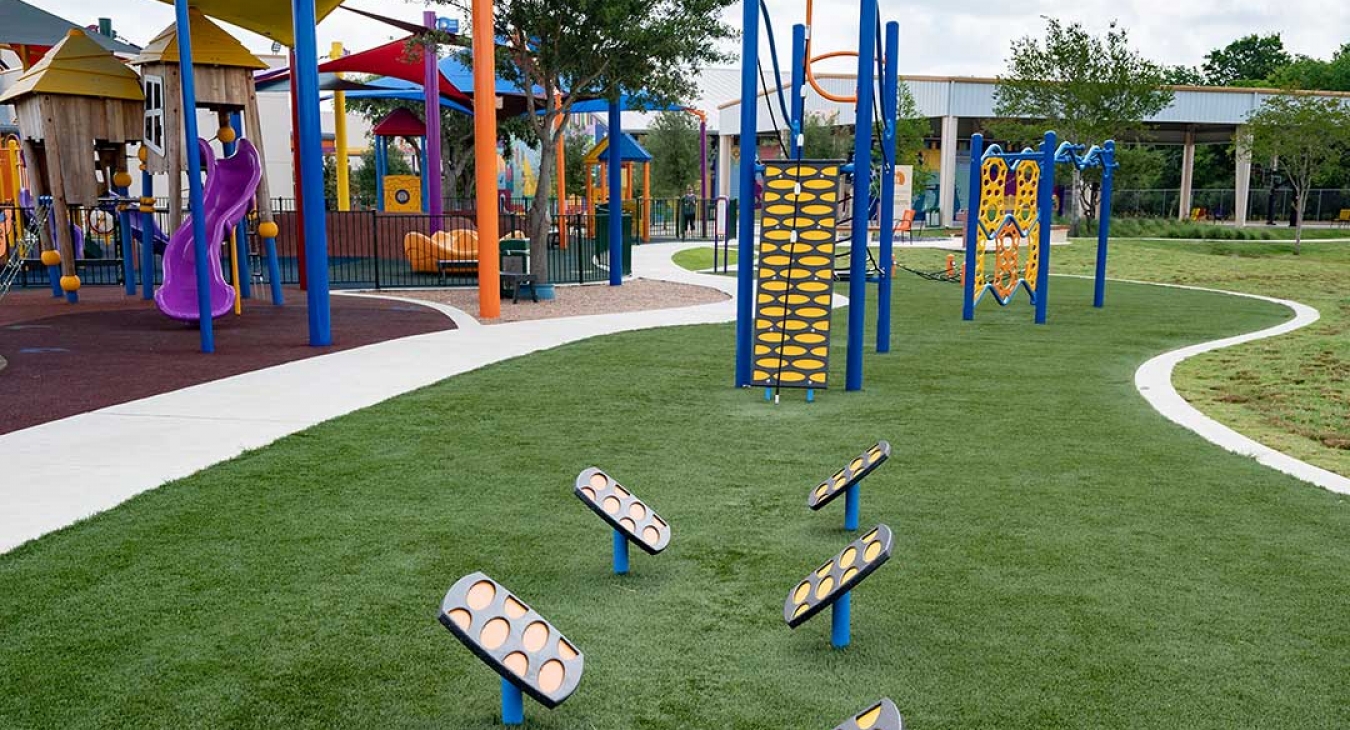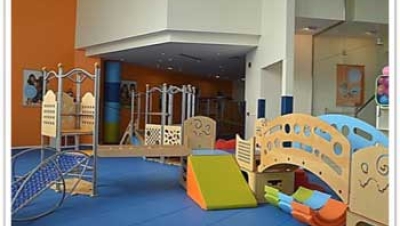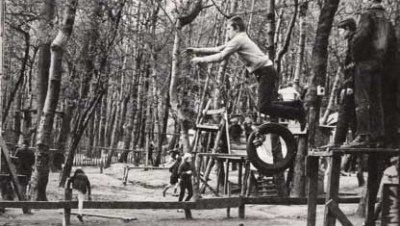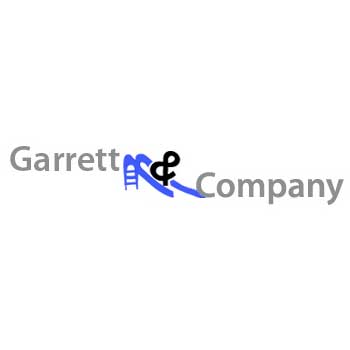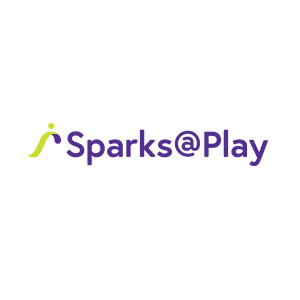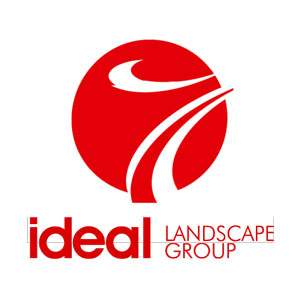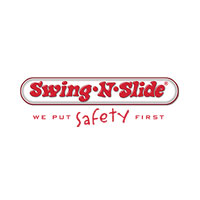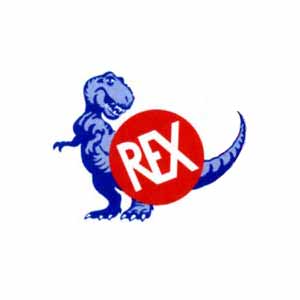Play and Recreation Spaces Contribute to Community Health
Spending time outdoors is innate within us and improves both mental and physical health. When we spend time outside, we not only feel better but have higher levels of concentration, imagination and are more creative problem solvers and thinkers. But it’s more than a feeling – science backs us up. Spending time outside is beneficial to all aspects of health and has positive outcomes, including stress reduction and increased overall well-being.
Outdoor spaces became increasingly important during the last two years as we sought places to move, roam, adventure, exercise, play, and be together while distanced. The last years also revealed that when we’re all outside, we need more parks, playgrounds, and recreation areas to accommodate everyone and allow people of all ages and abilities to experience the benefits of outdoor play. The benefits of creating more spaces outdoors are vast and range from child development and intergenerational engagement to better community health and increased home values.
We know children develop through play and that when they play, their development is child-directed and based in fun. Through play, children learn social, emotional, cognitive, and communication skills while developing physically and learning to solve problems creatively. These are all important skills that they will learn now and build on for the future.
Adults and children can develop together through play too. Intergenerational engagement strengthens communities and brings generations together for activities that are not only fun but improve communication skills and enhance motor abilities for everyone.
Outdoor fitness is a great way to engage people of all ages in a healthy and fun activity. Obstacle courses create a fun way for kids, families, and communities to exercise and play at the same time. The best ones are designed with different levels of fitness in mind to get everyone a workout they are comfortable with and still challenge them to do more. Obstacle courses speak to our desire to compete against ourselves and others and have worked their way into popular culture with television programs and events that tap into that popularity.
Everyone from fitness beginners to fitness mature can exercise at their level on the same equipment using simple modifications and/or different approaches. For example, plyometric jumps are a more difficult exercise than toe touches or step-ups, yet all three can be accomplished using a simple plyometric block that is part of an obstacle course. Adding push-ups or burpees before or after an event is another way to increase the difficulty and add cardiovascular and strength challenges. Part of what is so endearing about these courses is that people can be creative and tailor a workout that challenges them!
The health and wellness of a community are impacted by the number of recreation spaces within. Research says that active communities just do better: obesity rates are 10% lower, people smoke less, 18% fewer residents have high blood pressure and even graduation rates are higher. The communities with increased scores spend $20 or more per resident on parks and recreation areas and see the benefit of higher property values. They also attract tourists, businesses, festivals, conventions, and other events to the area while giving their residents an increased quality of life and making their communities better places to live and work.
Creating spaces outdoors also brings equity to our communities. Having places to exercise that don’t require childcare or membership fees make it more accessible to people from various socio-economic backgrounds. Placing outdoor musical instruments in open spaces or as part of a play environment offers all people the social, cognitive, and language benefits derived from musical exploration. When all our community members have access to healthy, educational opportunities, it elevates the entire community.
Sometimes it takes a new approach to see what we can improve upon and what we need. Spending time outside is what’s always there even when things are uncertain and changing – especially when things are uncertain and changing. Play, playgrounds, and recreation areas remain crucial to both personal and community development and we need more of them.

